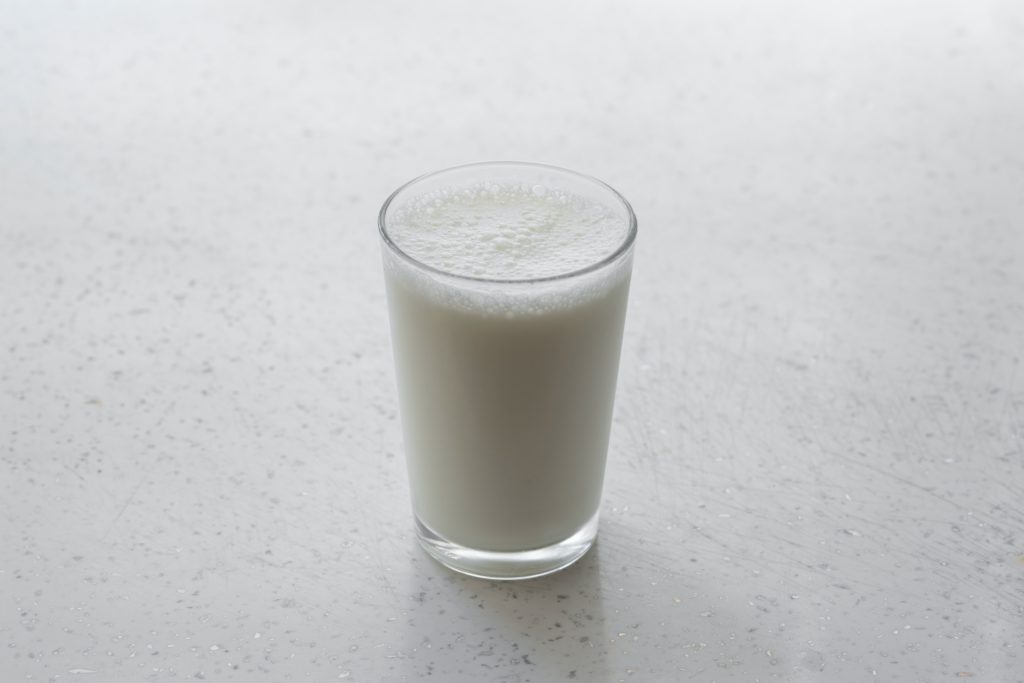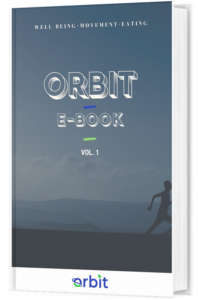In recent years there has been a drastic increase in the variety of milk types. Non-dairy milk alternatives, such as almond and soy milk, have experienced an increased demand as the prevalence of lactose-intolerance, vegetarian diets, and vegan diets have increased. With so many options of milk available, how does one decide which form of milk is the best for them?
An optimal choice of milk will depend on individual’s needs. Some forms of milk are higher in protein, while others are higher in vitamins and minerals. The level of nutrients in each milk will differ between brands.
Cow Milk
Cow’s milk has been a popular form of milk for many decades, especially for infants and youth. This type of milk often has more fat and protein than other milk beverages1; although there are various forms of cow’s milk in which the fat levels are altered to be high-fat, low-fat, or no fat. Cow’s milk is a complete food, providing all of the major macronutrients, including fat, protein, and carbohydrates 1, 2. It is naturally high in calcium, while almond, soy, and rice milk often need to be fortified (i.e., increase the nutritional value by adding vitamins or minerals) with calcium1. It is also often higher in sugar than other types of milk, with the exception of rice milk2. This high-protein beverage provides proteins that can aid in immune defence2. Unfortunately, cow’s milk can become infected with salmonella and E. Coli, causing food-borne infections2. Allergies to cow’s milk are one of the most common allergies in children, and lactose intolerance is highly prevalent in many communities2. Due to allergies and lactose-intolerance, many individuals may opt for a non-dairy alternative, such as almond milk, soy milk, or rice milk.
Almond Milk
Almond milk provides fats, proteins, fibre, vitamine E, manganese, and many other nutrients3. Calcium is often added (i.e., fortified) to this beverage after the almonds have been processed to enhance the nutritional value2. Almond milk tends to be high in monounsaturated fatty acids, which can aid in weight loss and management2. It is often lower in calories and saturated fats in comparison to other forms of milk2, but also lower in folate and vitamin B124. It has been suggested that this type of milk may help reduce low-density lipoproteins, commonly known as “bad cholesterol”5.
Soy Milk
Soy products have been used around the world for centuries, so it’s no surprise that soy milks are in existence. Similar to cow’s milk, soy milk is very rich in proteins and fats2, making it a beneficial beverage for vegans and vegetarians. Some brands of soy milk have almost double the amount of vitamin B12 and folate than in cow’s milk, two nutrients that also tend to be lacking in almond milk4. Soy milk often contains isoflavones, which have been linked by some researchers to a reduced risk of cancer, and increased protection from heart disease and osteoporosis2, 6, 7. This type of milk is also a good source of magnesium, which is a vital nutrient for numerous bodily functions1. Unfortunately, there are frequent complaints surrounding the taste of soy milk, a concern that is typically not an issue for cow, almond, and rice milk.
Rice Milk
Rice milk is a popular beverage for those with soy or nut allergies. This milk is higher in carbohydrates and calories than most other types of milk, and is lower in fats and proteins2. Starches are the main source of calories in this milk2. Rice milk is often quite sweet, even without added sugars2. When used as a nutritional source for infants, malnutrition can occur if unfortified or homemade rice milks are used2. Unfortified or homemade rice milks commonly lack vitamins and minerals. There have been links between rice milk and high arsenic levels, which may cause adverse health effects, such as cancer8.
Conclusion
Overall, only soy milk has been frequently found to be a comparable source of vitamins and minerals to cow’s milk2,4. As soy milk is very high in proteins, fats, and B122, it may be an optimal beverage choice for vegans and vegetarians, and anybody looking for an alternative to cow’s milk. While soy milk and almond milk mimic the balance between macronutrients in cow’s milk, neither of these milks contain as much calcium as cow’s milk2. Conversely, cow’s milk contains significant amounts of cholesterol, whereas the alternative milks – almond, soy, and rice milk – often do not contain any cholesterol2.
Each milk form has a number of nutrients that are abundant within that beverage, but each beverage also has a few negative features or lacking nutrients. With numerous forms of milk available, it is important that one investigates the nutritional values of these milk forms in order to select a beverage that is most appropriate for them and their dietary needs.
About the Author
Sara Perfetto is a third year Kinesiology student at Laurentian University. Her interests include: Nutrition, exercise physiology, occupational physiology, and human factors and ergonomics.
References
- Singhal, S., Baker, R. D., & Baker, S. S. (2017). A Comparison of the Nutritional Value of Cow’s Milk and Nondairy Beverages. Journal of pediatric gastroenterology and nutrition, 64(5), 799–805. https://doi.org/10.1097/MPG.0000000000001380
- Vanga, S. K., & Raghavan, V. (2018). How well do plant based alternatives fare nutritionally compared to cow’s milk?. Journal of food science and technology, 55(1), 10–20. https://doi.org/10.1007/s13197-017-2915-y
- Chen, C. Y., Lapsley, K., & Blumberg, J. (2006). A nutrition and health perspective on almonds. Journal of the Science of Food and Agriculture, 86(14), 2245-2250.
- Collard, K. M., & McCormick, D. P. (2020). A nutritional comparison of cow’s milk and alternative milk products. Academic Pediatrics. https://doi.org/10.1016/j.acap.2020.12.007
- Grundy S. M. (1986). Comparison of monounsaturated fatty acids and carbohydrates for lowering plasma cholesterol. The New England journal of medicine, 314(12), 745–748. https://doi.org/10.1056/NEJM198603203141204
- Jacobsen, B. K., Knutsen, S. F., & Fraser, G. E. (1998). Does high soy milk intake reduce prostate cancer incidence? The Adventist Health Study (United States). Cancer causes & control: CCC, 9(6), 553–557. https://doi.org/10.1023/a:1008819500080
- Omoni, A. O., & Aluko, R. E. (2005). Soybean foods and their benefits: potential mechanisms of action. Nutrition reviews, 63(8), 272–283. https://doi.org/10.1111/j.1753-4887.2005.tb00141.x
- Shannon, R., & Rodriguez, J. M. (2014). Total arsenic in rice milk. Food Additives & Contaminants: Part B, 7(1), 54-56.





